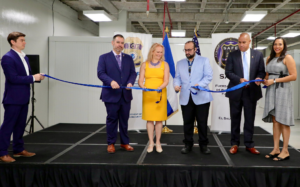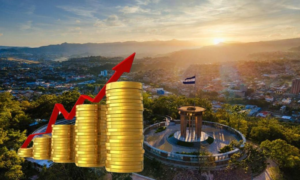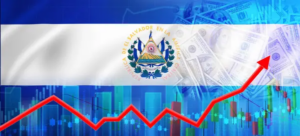
The report Foreign Direct Investment in Latin America and the Caribbean 2024 comes in a critical context for the region, marked by three major traps: low economic growth, high inequality and limited institutional capacity. These problems hinder sustainable development and require an in-depth analysis of the dynamics of foreign direct investment (FDI). Understanding how this relates to productive development policies is essential to maximize the positive impact of transnational investments and overcome structural barriers to growth.
In 2023, the region recorded an overall drop in FDI, mainly influenced by declines in Brazil (-14%) and Mexico (-23%), the two main recipients of investment. In South America, results were mixed. While Peru suffered a drastic drop in investment flows (-65%), Argentina and Chile stood out with increases of 57% and 19%, respectively. These increases are encouraging signs in a challenging economic context, but insufficient to offset declines in other countries in the region.

Central America and the Caribbean showed a more positive performance, with increases of 12% and 28%, respectively, compared to the previous year. Costa Rica and Honduras led the way in Central America, with growth of 28% and 33%, while in the Caribbean, Guyana (+64%) and the Dominican Republic (+7%) drove the increase. These results reflect the capacity of certain economies to attract investment despite global uncertainty.
The evolution of FDI in Latin America and the Caribbean evidences regional disparities and persistent structural challenges. To take advantage of the potential of foreign investment, it is crucial to implement comprehensive policies that strengthen the capacity of countries to channel FDI to strategic productive sectors, promoting inclusive and sustainable development.








